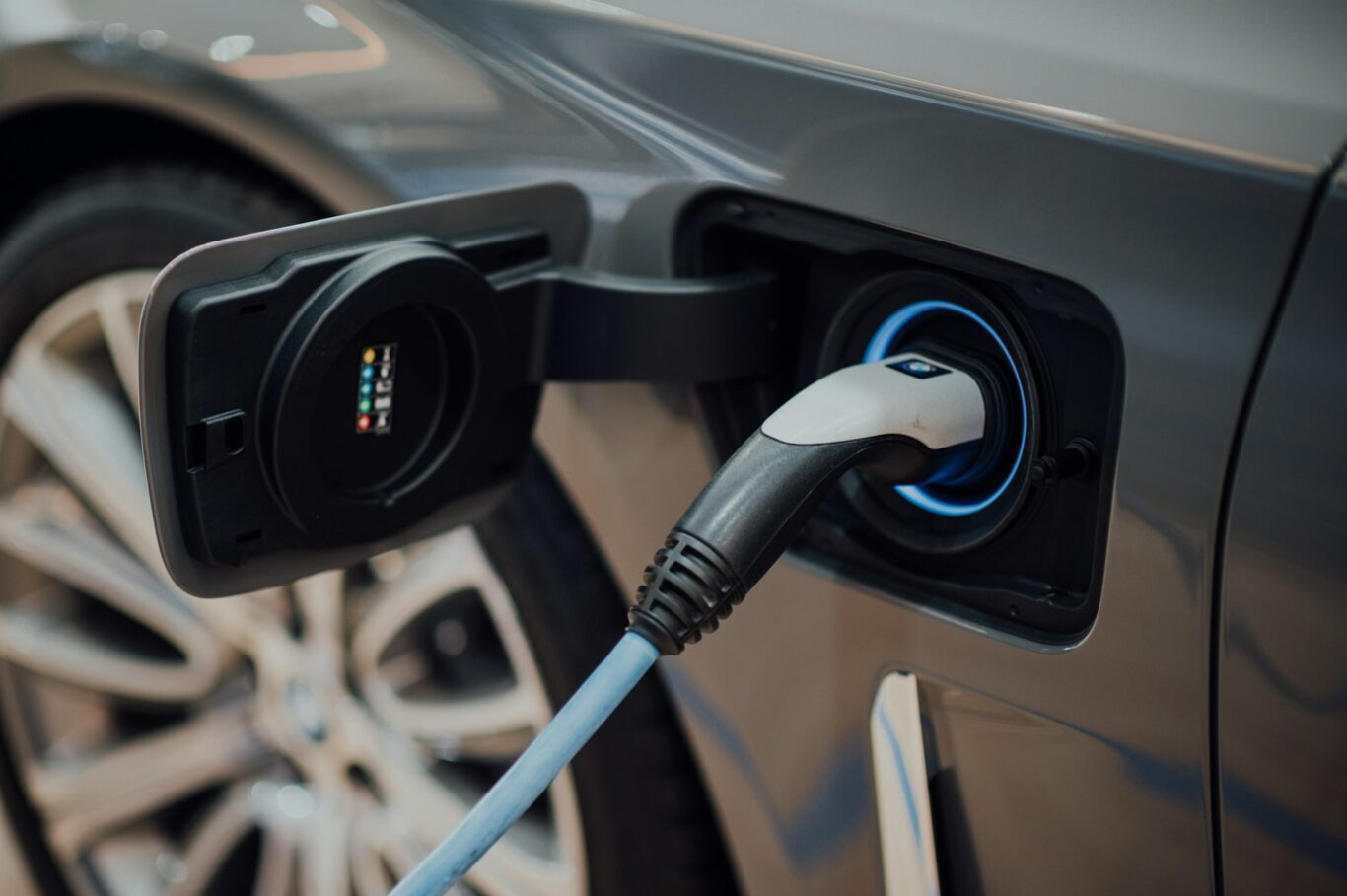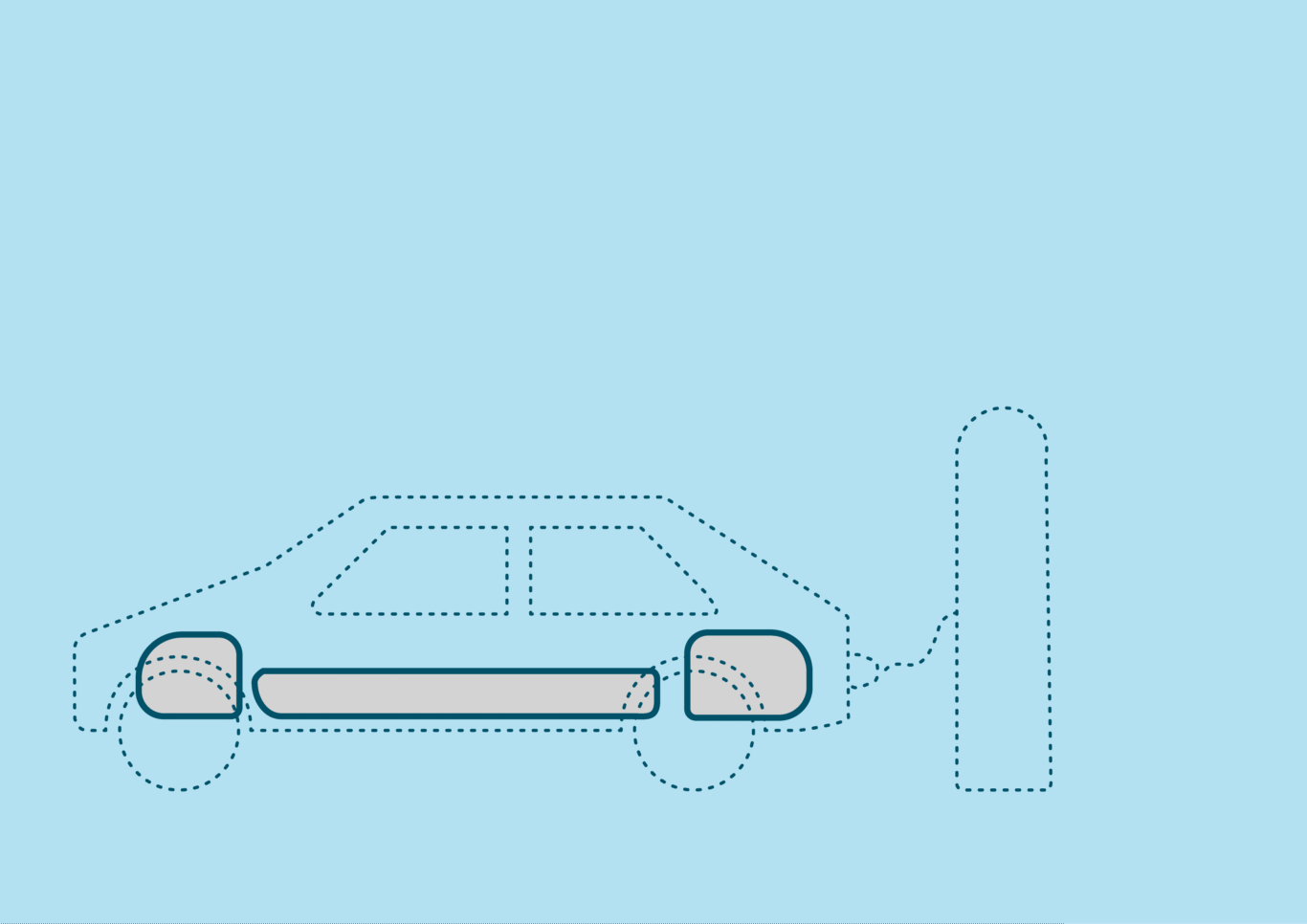Our services
Electric Vehicle Batteries
As a producer of electric vehicle batteries, you are responsible for ensuring that they are collected and recycled correctly. By joining Batterikretsen, you gain assistance with registration, reporting, and recycling through a nationwide collection system.

Electric vehicle batteries are collected upon request from collection points contracted by El-Kretsen in cooperation with affiliated producers. End users can also hand in electric vehicle batteries directly to one of the collection companies El-Kretsen collaborates with.
Producers can also influence how collected batteries are managed. If a specific recycling system exists for a certain battery or brand, El-Kretsen can, in consultation with the producer, ensure that those batteries are transported there.
Batteries are reported monthly or quarterly, stating quantity and total weight, divided by the battery’s main chemistry. This classification follows the authorities’ requirements and reflects the costs associated with different battery types.
Through “My Pages – El-Kretsen’s digital portal – you manage reporting, statistics, and environmental data. You also receive guidance if you are uncertain about how different batteries or electronic products should be reported.
Batterikretsen registers your company with the Swedish Environmental Protection Agency’s battery register and handles the annual reporting on your behalf.
Fees
In addition to registration and reporting, Batterikretsen’s mandate includes a range of services and obligations defined in the Battery Regulation. These include:
- Expanding and operating the collection system for free battery collection at affiliated collection points. This includes suitable containers and transport, with attention paid to the properties of different batteries, such as flammability or health risks.
- Developing a recycling process that, in accordance with the Battery Regulation, achieves new collection and recycling targets. This includes completely avoiding energy recovery and landfill.
- Ensuring Batterikretsen’s internal control for managing producers and collected batteries through continuous quality follow-ups.
- Maintaining financial security.
- Funding compositional analyses of household waste every five years.
- Creating informational materials on recycling, litter prevention, and battery use advice.
- Monitoring legislation for the five different battery categories and adapting operations to any regulatory changes.
Batterikretsen’s fees consist of three components:
- Entry fee
- Fixed annual fee
- Environmental fee (SEK/kg)
All fees are listed in El-Kretsen’s price list, available on the website and in the declaration portal. Any price changes are announced at least two months in advance.
Batterikretsen, like El-Kretsen, operates on a non-profit basis – no profits are distributed to owners.

Defintion av Electric Vehicle Batteries
An electric vehicle battery is specifically designed to power hybrid or electric vehicles. This includes batteries for vehicles in category L (according to EU Regulation 168/2013) weighing more than 25 kg, as well as batteries for vehicles in categories M, N, and O (according to EU Regulation 2018/858).
In practice, EV batteries vary greatly in design – from square, interconnected modules to integrated custom solutions tailored to the shape of the vehicle.